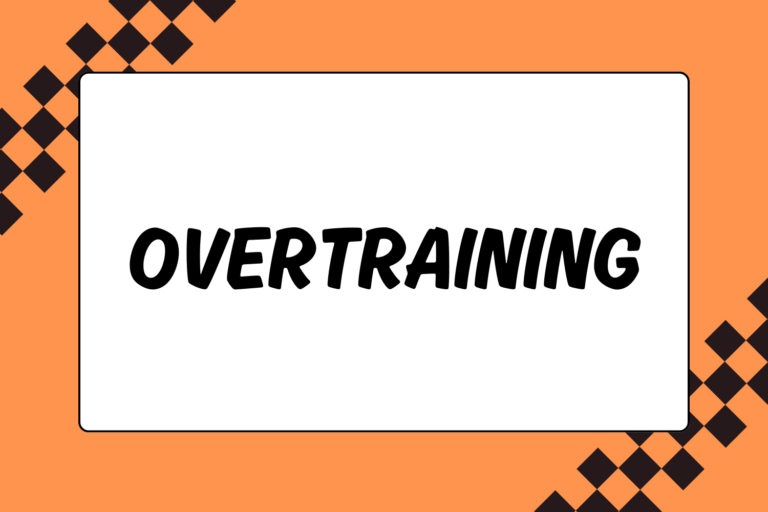There are many reasons to join a track and field team. Maybe you were inspired by watching Russia’s Yelena Isinbayeva break the pole vault record time and time again or saw the sport’s greatest sprinters, Usain Bolt, Tyson Gay and Asafa Powell, battle it out at the 100-meter (m) dash.
Or perhaps you just wanted to join a school sport or have always wanted to learn how to throw a shot put. Whatever your reason, track and field has something for every athlete. Unlike other sports, most of the people that try out, come to practice, and work hard will get to compete—and there is nothing like hearing your team cheer as you compete in your event.
Here are a few tips on getting started at the different levels of the sport.
Elementary & Middle School
There are a lot of meets in which children in elementary school and middle school can compete. However, many schools at this level don’t have track teams. That is why a lot of kids will join youth track clubs located in their cities.
Club teams provide the coaching staff, motivation and support every young athlete needs to improve. They will also provide access to a track and the equipment to train a child in the proper manner. Most clubs will charge a fee to join. Some will provide a uniform and some will offer discounts to families that have siblings on the same team.
If it’s track season, you can also go to an open track meet and talk to the club coaches. Make sure you speak to them after all their athletes are done competing for the day. Most coaches do not like to be bothered in the middle of a meet. In some countries, track and field is strictly a club sport, as schools do not sponsor teams.
High School & College
The high school and collegiate outdoor track season generally runs from March through June. It can last longer if you compete in national and international meets. The indoor track season generally runs from the beginning of January to March.
High School
Most high schools have track & field teams and joining them can be fun and rewarding. This is a time to figure out which event is right for you. As long as you come to practice and work hard, many high school coaches will let you join the track team since there is no limit on the number of athletes. The only issue here may be finding the balance between school and practice.
Keep in mind that track season starts in the spring, so keep an ear out for tryouts and practice times. Also, find out who the track coach is and talk to him/her about joining. Before the season starts there is usually a meeting where the coaches will layout what kind of prerequisites are needed by the league or state to join a high school team. This usually means there is a physical examination and some schools require you to pay a fee for these.
Participating in track and field in high school is a great way to establish a foundation if you hope to run in college and beyond.
Fun Fact:
Usain Bolt, the world record holder in the 100 and 200, also has the World Junior record and the Youth-World Best Performance for the 200. At age 16 (just one month shy of his 17th birthday) he ran 20.13 seconds in the 200 for the Youth-World Best Performance. At 17, he ran a 19.93 in the 200 for the World Junior record.
Collegiate
Being a collegiate athlete is not an easy task. In North America, most college track & field programs are governed by the National Collegiate Athletic Association (NCAA) and fall under the category of either Divisions I, II or III. The National Association of Intercollegiate Athletics (NAIA) is another governing body for collegiate athletics. Division I (NCAA) schools are usually the best and most competitive in the country. Here are some things to keep in mind if you want to compete at the collegiate level:
- Competing in college demands an increased level of commitment, both physically and of your time. It requires a lot of discipline, dedication and mental strength to balance everything you need to do on the track or the field while also succeeding in the classroom.
- The more competitive a team is, the harder it is to join. Most colleges will send recruiters (usually coaches) throughout the track season to big meets. Recruiters scope out the best high school athletes in the country and judge if he/she will fit their team. Most of the time, a college coach will find out about an athlete through results posted from high school or open track meets. If you have a coach that understands the recruiting process, he/she can also refer you to a college coach.
- Being an athlete in college is like having a job while going to school. That is why some schools offer scholarships that ease the financial burden for their top recruits. Don’t panic if you don’t get recruited. Most athletes don’t. A lot of schools offer tryouts during the pre-season. This is done to get the overall number of participants who come out for the team trimmed down to one that properly fits their school’s program.
If you are still in high school and are interested in competing in college, let your current coach know your goals. That way, you can come up with a plan together. If you want to try out for a college team, contact the head coach or the coach of your event. Their contact information is usually located on the track and field website for the school.
Masters/Seniors
In track and field, masters are athletes who are age 35 and over. You are considered a senior if you are over the age of 50. Many meets will offer heats just for master or senior athletes.
A Sport for Everyone
The beauty of track and field is that there is opportunity to compete at any age and at any level. If you have the drive, there will be a team or a competition for you!





